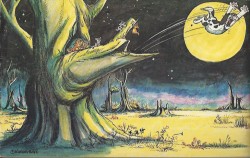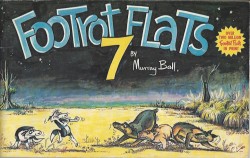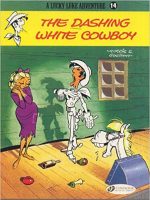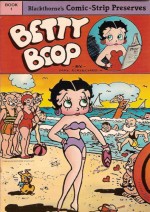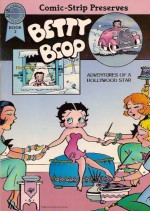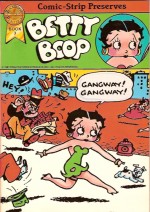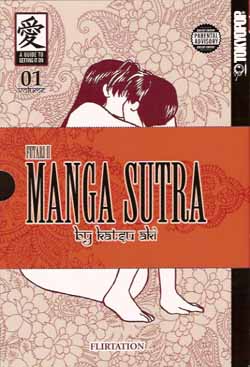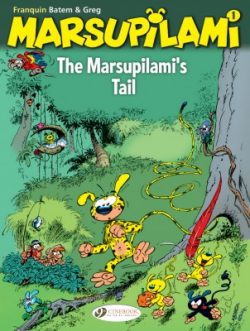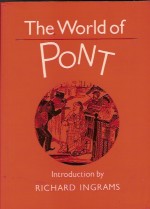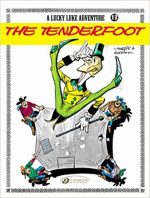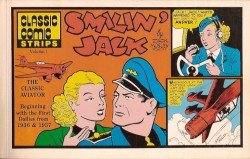
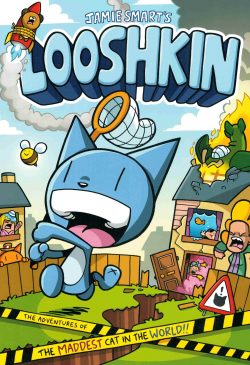
By Jamie Smart (David Fickling Books)
ISBN: 978-1-78845-003-4
Since its premiere in 2012, The Phoenix has offered humour, adventure, quizzes, puzzles and educational material in a traditional-seeming weekly comics anthology for girls and boys. The vibrant parade of cartoon fun and fantasy has won praise from the Great and the Good, child literacy experts and the only people who really count – a dedicated and growing legion of totally engaged kids and parents who read it avidly…
The publishers would be crazy not to gather their greatest serial hits into a line of fabulously engaging album compilations, but they’re not so they do. They’re not; but the latest star to make the jump to book-based legitimacy certainly is…
Devised by Jamie Smart (Fish Head Steve!; Bunny vs. Monkey, Corporate Skull and bunches of brilliant strips for Beano, Dandy and others) from what I can only assume is keen close-hand observation and meticulous documentation comes Looshkin – the Adventures of the Maddest Cat in the World!!: a brilliantly bonkers new addition to the vast feline pantheon of truly horrifying hairballs infesting cartoondom.
This new magnum (dark, nutty, creamy and making your fillings hurt) opus features a totally anarchic kitty just like yours; cute, innocently malign and able to twist the bounds of credibility and laws of physics whenever the whim takes him…
Quite naturally, the epic begins with an origin of sorts as Mrs Alice Johnson brings home a kitten from the pet shop. Not one of the adorable little beauties at the front of the store, though, but the odd, creepy, lonely little fuzzy hidden at the back of the store…
The Johnsons are not your average family. Firstborn son Edwin watches too many horror films and keeps a book of spells in his room whilst Dad is a brilliant inventor who needs peace and quiet to complete his fart-powered jet-pack or potato-powered tractor. It’s not long before those days are gone for good…
The sweet little daughter isn’t all she seems either: when kitten Looshkin is subjected to an innocent tea party in the garden the toys all secretly warn the cat of the horrors in store. All too soon teddy bear Bear is subjected to a hideous cake-arson assault. Surprisingly, Looshkin takes it all in stride and even escalates the carnage and chaos. It seems he has found his natural home… or is it all in his be-whiskered little head?
Many of the short tales begin with “This Episode:…†and are frequently interspersed by hilarious pin-ups suggesting ‘What is This Biscuits?’, ‘Can I use your Toilet?’ or ‘Let’s Play… Pig or Fish?’ so consider yourself warned…
‘Colour in with Looshkin’ then details what happens if you let a cat help with home decoration after which Great (rich) Auntie Frank comes to visit with her precious ultra-anxious prize-winning poodle Princess Trixibelle. With an eye to a hefty bequest, the adults consign the kids and Looshkin to a bedroom where they can’t cause offence or make trouble. Challenge Accepted… so watch out for squirrels and exploding toilets!
…And where does that cat keep finding the wherewithal to phone Dial-a-Pig?
‘Mouse House’ then discloses the result of the cat’s dutiful attempt to deal with an invasion of rodents armed with cheese and firecrackers before arch-enemies manifest in the form of former TV host Sandra Rotund and her cat Mister Buns who soon come to regret exploiting Looshkin on the internet…
When the cat decides it’s his big day the rest of the house are too slow playing along and ‘Happy Birthday Looshkin’ becomes more of a battle cry and lament that celebratory wish after which all semblance of reality fades in ‘Blarple Blop Blop Frrpp! (Bipple!)’ when the frenzied feline gets a case of the friskies and starts rushing about…
‘Jeff’s Photocopying Services’ pits cat against street advertisers and a mystic masquerader leading to a longer saga wherein the Johnson’s engage the services of professor Lionel F. Frumples to assess their perturbed and petrifying pet. However, even “the World’s leading expert on Cat Psychology†is no match for the pint-sized barrel of crazy – especially after the kitty binges on super-sugary cereal…
As the insane antics mount, the cat finds a useful alibi after adopting glove-puppet Mister Frogburt to be his patsy in ‘I’m Not to Blame’, whilst ‘What a Lotta Otter Bother (it Nearly Rhymes!)’ reveals a perfectly understandable error: to whit, being sent a mail order shark instead of the cute river-dwelling mammal you wanted as a playmate…
‘The Sparrow (A Funny Story About Things)’ then sees the cat’s response to the advent of new superhero the Bluetit before circus acrobat Fido Lepomp becomes the latest victim of Looshkin’s lunacy and swears eternal vengeance utilising all his freakish carnival comrades…
Great (rich) Auntie Frank returns to be feted by a bonanza of ‘Cheeeeeeeeeeeese! (Please)’ but once again the cat’s misapprehensions lead to anger, upset and a rather nasty stain after which pretty new kitty Lucinda is on hand to see Looshkin at his most Looshkin-y in ‘Thpthbtthhhhhhhhhhhhonk! (How Rude)‘.
An escaped penguin incites a bout of thermostat-abuse in ‘Cold for this Time of Year (I Can’t Feel my Legs!)’ and a door-stepping political candidate falls foul of the cat’s anarchic soul and disguise skills in ‘Old Lady Looshkin (Wears Frilly Knick-knacks!)’ after which the cat excels himself in causing catastrophe by consulting Edwin’s satanic grimoire whilst organising Bear’s birthday surprise…
Another dial-a-pig delivery then brings the house down in ‘You Did It (You Finally Did It)‘ but – following a pin-up celebrating ‘The Enddddd!’ – one last episode declares ‘This Episode: insert title here. Make it something funny about pigs or monkeys or bottoms. Frilly Pants? Frilly Pants are Funny.’ and reveals why it isn’t clever or pro-survival to put a deranged cat or paranoid toy bear in your luggage and smuggle them aboard a passenger plane…
Utterly loony and deliciously addictive, this fiendishly surreal glimpse at the insanity hardwired into certain cats (probably not yours, but still…) is another unruly and astoundingly ingenious romp from a modern master of the rebellious whimsy that is the very bedrock of British children’s humour.
Text and illustrations © Jamie Smart 2018. All rights reserved.
Looshkin will be released on 3rd May 2018 and is available for pre-order now.

